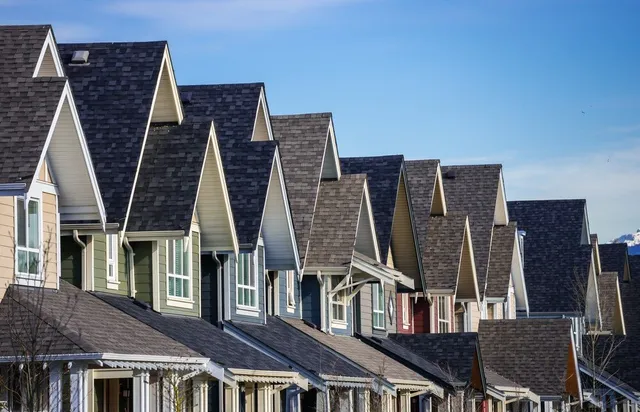Roofing is a critical component of any multi-family complex, providing protection against the elements and ensuring the safety and comfort of residents. The roofing system for a multi-family complex must be carefully planned, designed, and installed to meet the specific needs of the building and its occupants. In this guide, we will explore key considerations and best practices for multi-family complex roofing.
Understand Building Requirements:
Before embarking on a multi-family complex roofing project, it is essential to understand the building’s requirements. Factors to consider include the architectural design, building codes and regulations, local climate conditions, and the type of multi-family complex (e.g., low-rise, mid-rise, or high-rise). Engage with a professional roofing contractor or consultant who has experience in multi-family complex projects to ensure compliance with all relevant requirements.
Roofing Material Selection:
Selecting the right roofing material is crucial for the long-term performance and durability of the multi-family complex roof. Consider factors such as lifespan, weather resistance, maintenance requirements, energy efficiency, and cost-effectiveness. Common roofing materials for multi-family complexes include asphalt shingles, metal roofing, concrete tiles, and flat roofing systems like modified bitumen or single-ply membranes. Choose a material that best suits the specific needs of the building and complements its architectural style.
Insulation and Energy Efficiency:
Proper insulation is essential to enhance energy efficiency and reduce heating and cooling costs for a multi-family complex. Consider using high-quality insulation materials to minimize heat transfer and prevent thermal bridging. Additionally, explore options for cool roof systems or reflective coatings that can reflect sunlight and reduce heat absorption, thereby improving energy efficiency and occupant comfort.
Drainage and Waterproofing:
Effective drainage and waterproofing systems are critical for multi-family complex roofs. Poor drainage can lead to water pooling, leaks, and structural damage, compromising the integrity of the building. Ensure that the roofing design includes sufficient roof slopes, gutters, downspouts, and drainage outlets to channel water away from the roof surface. Waterproofing measures, such as installing a waterproof membrane or using self-adhering underlayment, can provide an additional layer of protection against leaks and water infiltration.
Maintenance and Accessibility:
Consider the maintenance requirements and accessibility of the roofing system. Multi-family complexes often have multiple units, making regular maintenance and inspections more challenging. Design the roofing system with safety and ease of maintenance in mind. This may include incorporating walkways, safety rails, access points, or roof hatches to facilitate inspections, repairs, and maintenance activities.
Roof Ventilation:
Proper ventilation is essential for multi-family complex roofs to control moisture, prevent condensation, and extend the lifespan of the roofing system. Adequate intake and exhaust vents should be incorporated to promote airflow and remove excess heat and moisture from the attic or roof space. Proper ventilation helps regulate temperatures, reduces the risk of mold and mildew growth, and enhances overall indoor air quality.
Contractor Selection and Quality Assurance:
Choosing a reputable and experienced roofing contractor is crucial for the successful installation of the multi-family complex roof. Look for contractors with a proven track record in multi-family complex projects and relevant certifications or accreditations. Ensure the contractor is licensed, insured, and adheres to safety guidelines. Request references and review their portfolio of completed projects to assess their expertise and quality of work.
Compliance with Local Regulations:
Multi-family complexes may have specific roofing requirements dictated by local regulations or homeowner association guidelines. Familiarize yourself with these regulations to ensure compliance. Consider factors such as fire resistance, wind uplift ratings, and any architectural guidelines that may impact the roofing design and material selection.
In conclusion, the roofing system of a multi-family complex is a critical investment that requires careful consideration. By understanding building requirements, selecting suitable roofing materials, prioritizing insulation and energy efficiency. Ensuring proper drainage and waterproofing, considering maintenance and accessibility, and incorporating roof ventilation. By selecting a reputable contractor, and complying with local regulations. You can ensure a successful roofing project for your multi-family complex.

